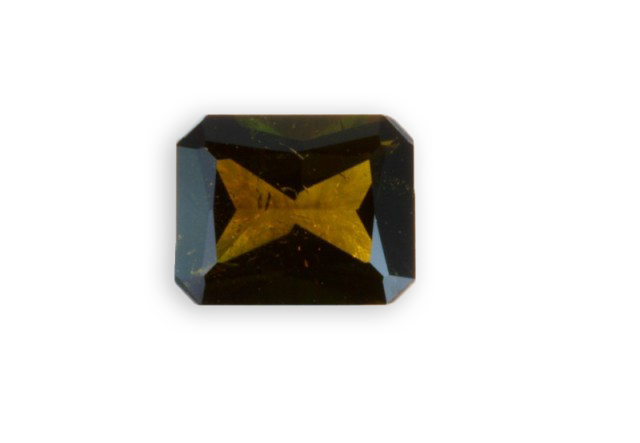
yellow
Je vous emmène à travers mes vidéos découvrir mon expérience acquise depuis plus de 30 ans a silloner le globe entier à la recherche de pierres précieuses, de rencontre mémorables mais aussi de difficulté parfois …
actualités
Categories



epidote
Its name comes from the Greek “epidosis” for generous, that lives largely, referring to its crystalline form, which is a juxtaposition of numerous slender prisms. Its former name, pistachite, was referring to its color. There are several varieties: The variety clinozoisite, is a dimorph of

eosphorite
Its name comes from the Greek, defining the pink color at the arrival of dawn. Its chemical formula is very close to the childrenite, which is yellow-brown because iron dominates, while for éosphorite it is manganese which dominates and gives the pink color.

enstatite
Being difficult to melt, it was awarded the name of Greek word meaning “resistant” without really understanding why. The more it contains iron, more the color becomes dark and black. The more its iron content increases, more its density increases. The enstatite forms an isomorphous

ekanite
Identified Only in 1955 by Ekanayake, this is one of the few carved stones that is naturally radioactive. This feature makes it sought as a rare stone by collectors, transparent stones are even rarer. In addition, the radioactivity alters its crystalline structure over time.



